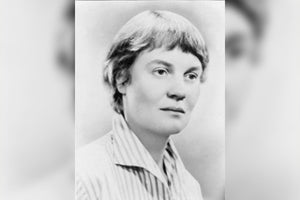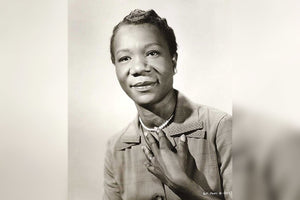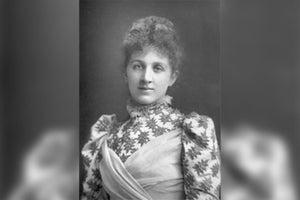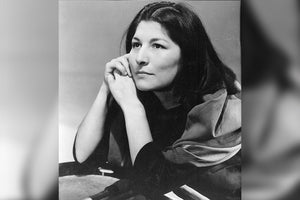Birthday: April 21, 1926
Who is Queen Elizabeth the Second?
Elizabeth II, more popularly known as Queen Elizabeth II, was the Queen of the United Kingdom (from 1952 to 2022) as well as several other Commonwealth countries.
Five Facts about Queen Elizabeth the Second
- She is the longest-reigning monarch in the United Kingdom, surpassing the reign of her great-great-grandmother, Queen Victoria.
- Her coronation as the Queen of England was watched by 20 million people.
- Under her reign, there have been 15 Prime Ministers.
- She has two birthdays – her actual birthday in April and her official one in June.
- She owns several exotic animals – all housed in the London Zoo.
Inspirational Quotes from Queen Elizabeth the Second
“Let us not take ourselves too seriously. None of us has a monopoly on wisdom.”
“We all need to get the balance right between action and reflection. With so many distractions, it is easy to forget to pause and take stock.”
“Therefore, I am sure that this, my coronation, is not the symbol of a power and a splendor that are gone but a declaration of our hopes for the future and for the years I may, by God’s Grace and Mercy, be given to reign and serve you as your Queen.”
Queen Elizabeth the Second’s Biography
Early Life
Born as Elizabeth Alexandra Mary on April 21, 1926, in Mayfair, London, she is the first child of the then Duke and Duchess of York, later becoming King George VI and Queen Elizabeth.
There was little hope for her to succeed the throne until her uncle, the then reigning King Edward VIII abdicated, after which her father, Prince Albert, the Duke of York, ascended to the throne.
After her father became the King of England, she became heir presumptive to the throne which meant she will inherit the throne after her father’s reign. Her mother, the Queen, supervised her education although entrusted most of it to a governess, Marion Crawford.
During WWII, she and her sister, Princess Margaret, spent most of their time away from London where most of the fighting was happening.
Husband and Children
After the war, she later visited South Africa with her parents, after which it was announced that she was engaged to Lieutenant Philip Mountbatten, a distant cousin and formerly a prince of Greece and Denmark.
They married in Westminster Abbey on November 20, 1947, and resided in the Clarence House in London. Upon her marriage, her husband was bestowed the titles of Duke of Edinburgh, Earl of Merioneth, and Baron Greenwich.
She and the then Duke have four children together, Prince Charles, Princess Anne, Prince Andrew, and Prince Edward. Her first child, Prince Charles (styled as Charles, Prince of Wales) is the current heir presumptive to the British throne.
Turning Point
In 1951, her father’s health declined and so, she took over many of his appearances, acting as his representative in several state functions. However, during one of her tours to the Commonwealth countries, the news of her father’s death on February 6, 1952, reached her. This prompted her to immediately return to England to make the necessary arrangements.
She continued mourning her father’s death during the first months of her reign, remaining relatively secluded as she did. However, she later moved to Buckingham Palace and engaged in her first state opening of Parliament as the reigning monarch on November 4, 1952.
She was officially crowned as the Queen of the United Kingdom on June 2, 1953, an event that over 20 million people watched via their TVs.
Mission and Work
When she first ascended the throne, the kingdom of post-war Britain was still considered large enough, with several territories under its rule. However, later in the 1950s and 1960s, many of these territories achieved independence, turning the British Empire into the Commonwealth of Nations.
Her reign as the ruling monarch of the United Kingdom has mostly been peaceful, marked by significant changes in her people’s lives as the world continues to evolve and modernize.
As the Queen of a modern-day monarchy, she favors a simple and quiet court life although she has a deep interest in the British government, the one responsible for the country’s affairs.
Aside from this, she has dropped many of the royal family’s formalities, modernizing the British monarchy and making them more accessible to the common people.
She continues to perform many of her royal duties as the Queen although her son, Prince Charles, the throne’s heir presumptive has occasionally taken over some of her duties.
Legacy
Queen Elizabeth the Second is considered the world’s longest-reigning monarch, having served the British throne for 68 years and counting. Part of her legacy is turning the British monarchy into what it is today, allowing it to constantly adapt and evolve.
Her dedication to her people and her duty as Queen has allowed her to enjoy immense popularity and garner much support from her people.
![]() Fast Shipping
Fast Shipping![]() Subscribe to our Newsletter
Subscribe to our Newsletter![]() 🌟 New Global Competition 🌟
🌟 New Global Competition 🌟















